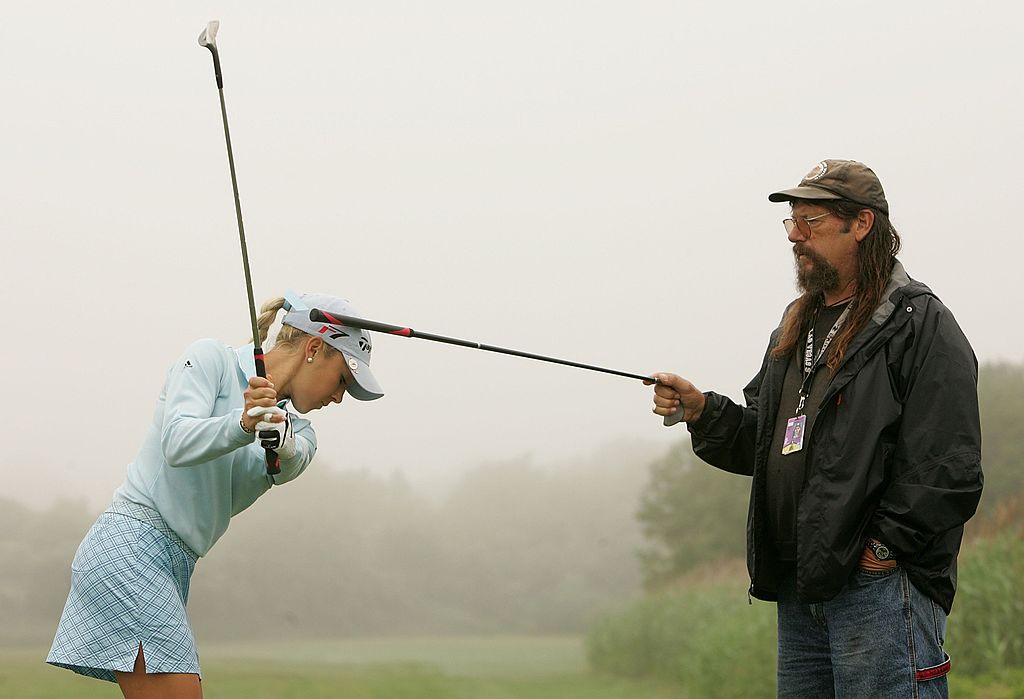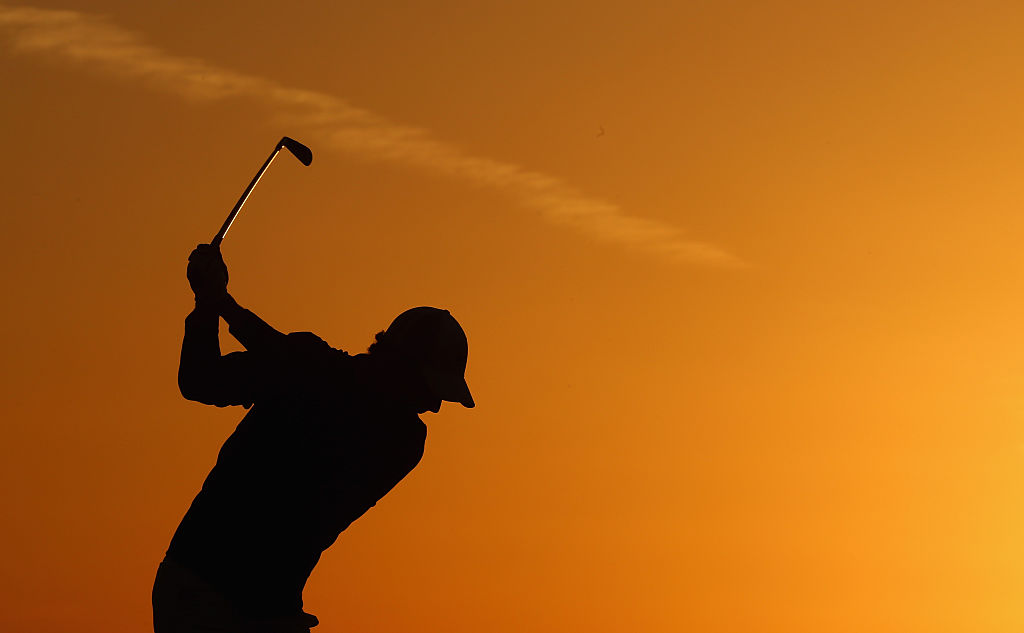Head still

This is one of the most common mistakes I see beginners making on the driving range.
It shouldn’t come as a surprise that a moving target is harder to hit than a stationary one. That’s exactly what happens when you move your head in the middle of your swing. According to your brain, the ball is now moving, and you have to compensate to ensure you make contact.

This is one of the most common mistakes I see beginners making on the driving range.
It shouldn’t come as a surprise that a moving target is harder to hit than a stationary one. That’s exactly what happens when you move your head in the middle of your swing. According to your brain, the ball is now moving, and you have to compensate to ensure you make contact.
A moving head will result in several common problems:
You regularly duff or top the ball, resulting in no elevation
You slice the ball, meaning it hooks in the direction of your dominant hand
You miss the ball entirely
If you are experiencing these problems regularly, it is probably because your head is moving before or during your swing. If you are unsure, try recording a video of your swing at the range. Luckily, head movement is relatively easy to fix once you are aware of it.
The simplest strategy for keeping your head still is to bring a friend to the range and have them stand behind you while placing a club on your dominant shoulder with the handle just barely touching your cheek.
Begin your backswing and take note of the pressure caused by the club on your cheek. If it increases, you are moving your head during your backswing. Repeat the procedure until you can bring the club all the way back into your backswing without increasing pressure on your face from the club.

Pro Tip:
If you don’t have a buddy to hold a club against your cheek, you can fix the problem yourself.
Begin by addressing the ball. Think about poking your chin out directly at the ball. Pause and take note of your head’s position.
Now initiate your backswing and hold it at it’s apex (the moment before you begin your downswing). You chin should still be in the exact same position but nestled against your non-dominant shoulder as a result of your backswing.
Repeat this exercise until you can reliably keep your head down and your eyes fixed on the ball.
